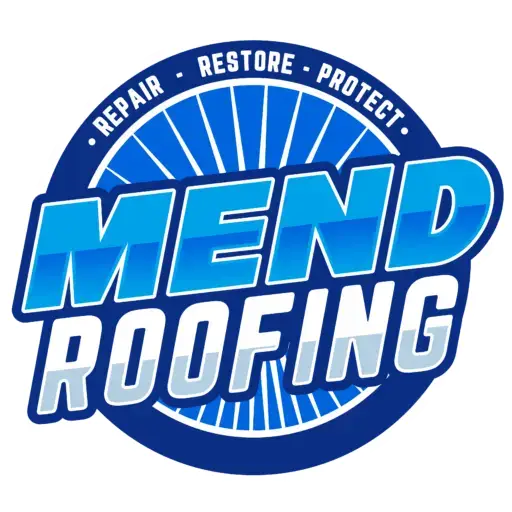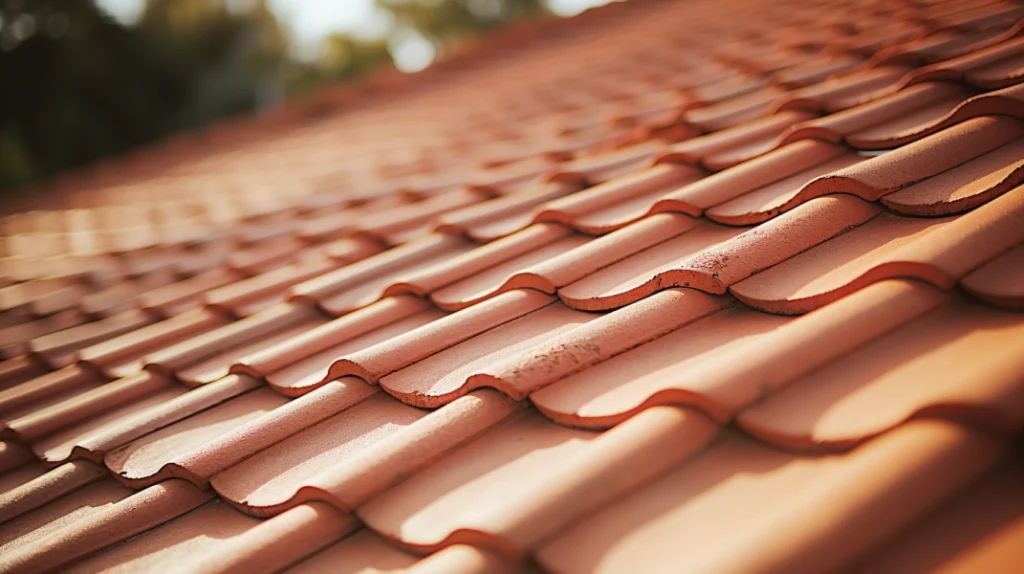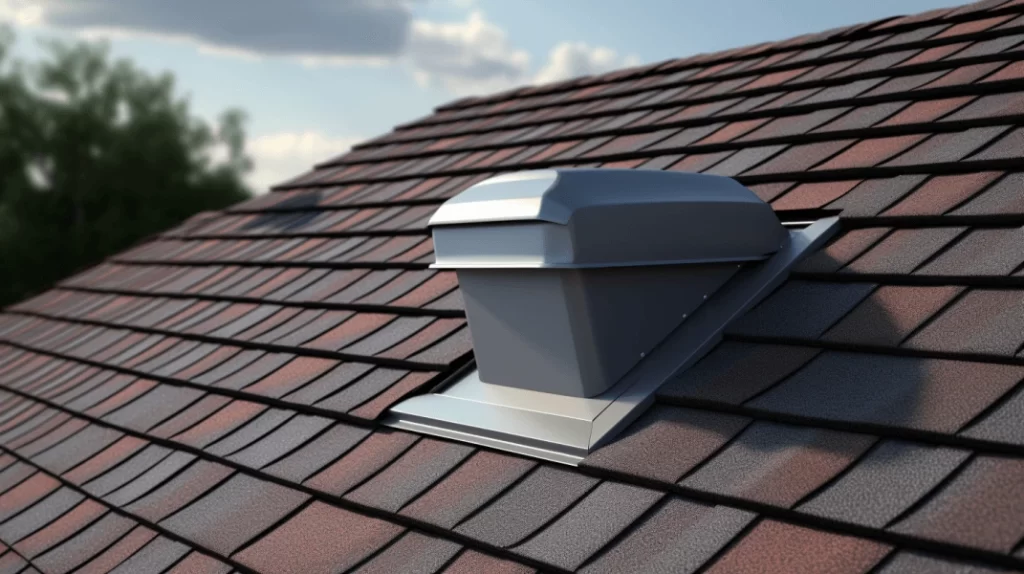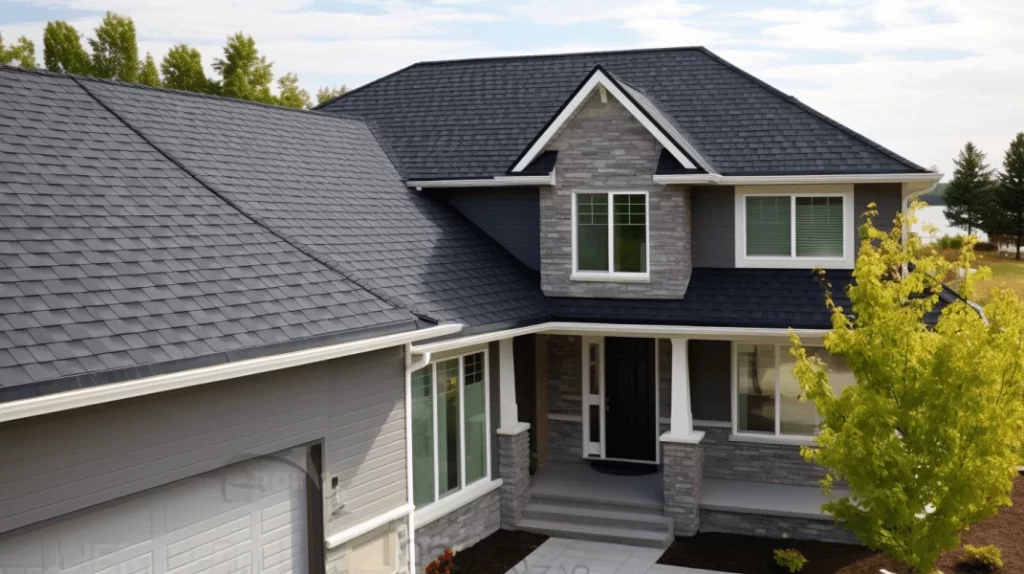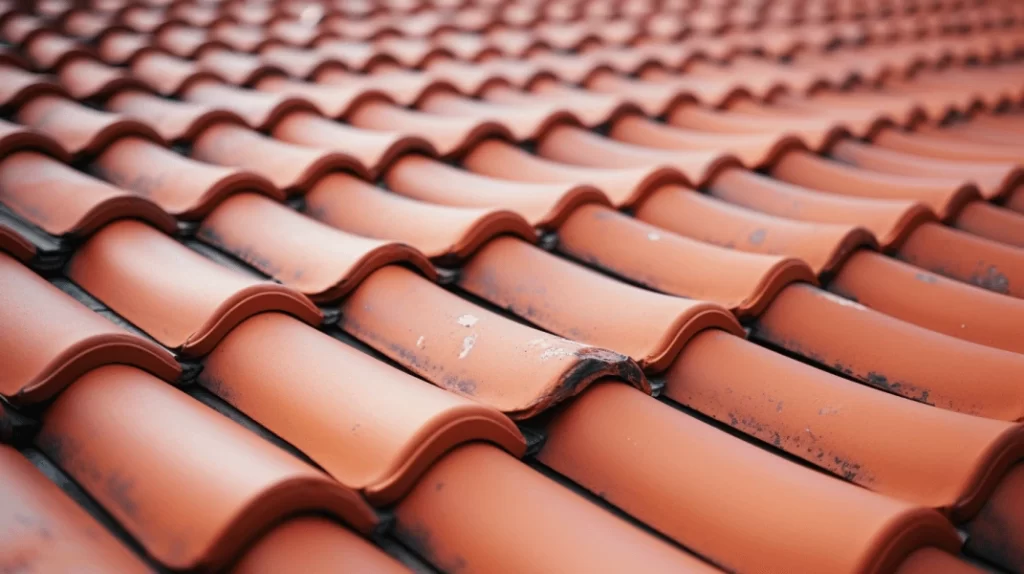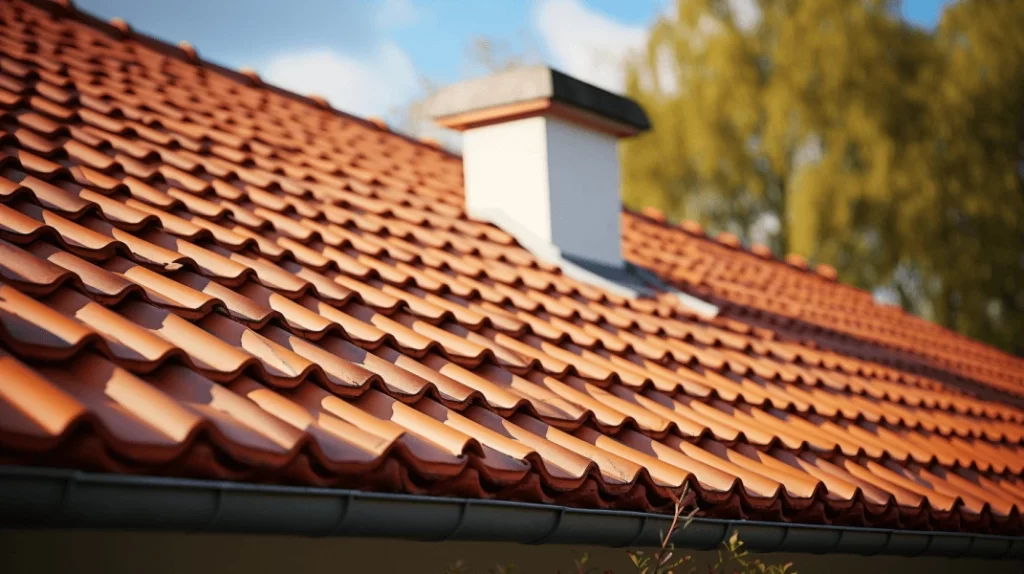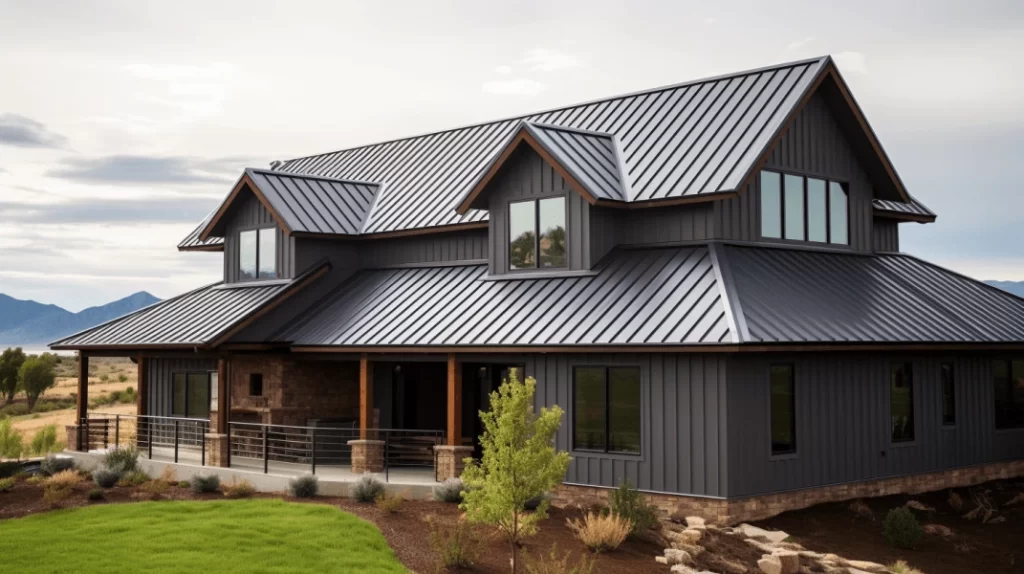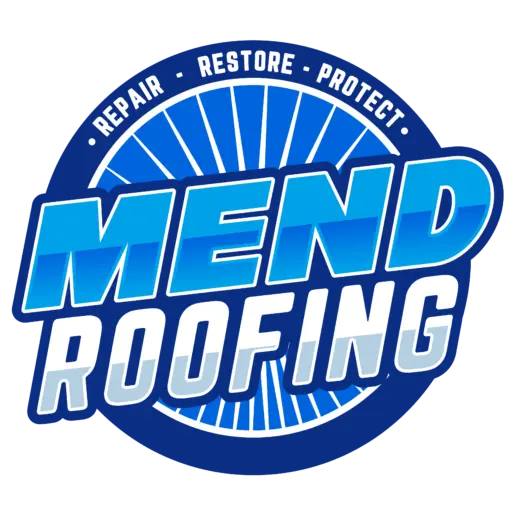Roof valleys, while essential for effective water drainage, can sometimes become the Achilles’ heel of a roofing system. Over time, these valleys can manifest a range of issues, leading to potential leaks and structural concerns. At Mend Roofing, we’ve delved deep into these challenges, offering tailored solutions for each. Here’s our comprehensive guide on the subject.
1. Underlayment: The Unsung Hero
The underlayment beneath your roofing material plays a pivotal role in safeguarding against leaks, especially in the valleys. These areas, due to their design, are subjected to a barrage of environmental elements, from rain to debris. Unfortunately, not all underlayments are created equal.
Some builders, in an attempt to cut costs or due to lack of knowledge, might opt for roll roofing as the valley underlayment. This choice, while economical, can be short-sighted, given its limited lifespan.
Solution: A dual-layer of roll roofing can offer added protection. However, a superior alternative is the use of metal flashing as the valley underlayment. Materials like 26-gauge galvanized steel or other rust-resistant metals ensure longevity and robust protection.
2. Tackling the Thermal Expansion Dilemma
As temperatures rise, materials expand. This natural phenomenon, known as thermal expansion, can wreak havoc on valley underlayments. The expansion can lead to unsightly and damaging wrinkles, especially if metal is your underlayment of choice.
Solution: The key lies in segmentation. Instead of a continuous stretch, install the underlayment in smaller, manageable sections. Ideally, each segment should span two to three feet in width and be no more than ten feet long. This approach minimizes expansion-related issues.
3. Snowfall and the Standing Seam Conundrum
For homes in snow-prone regions, standing seam roofs with valleys present a unique challenge. The natural flow of melting snow and ice can, at times, misalign with the direction of the standing seams. This misalignment can lead to bent seams, compromising their structural integrity.
Solution: Snow guards are your best allies here. Strategically placed, they prevent large chunks of snow and ice from disrupting the natural flow within the valleys, preserving the seams.
4. The Cross Wash Phenomenon
Imagine a scenario where water, instead of following its natural downhill path, decides to climb up the opposite side of the valley. This unusual behavior, termed cross wash, can lead to water seeping beneath the roofing material.
Solution: A two-pronged approach works best. First, ensure the roofing material is anchored securely along the valley’s edges. Second, for added assurance, apply a bead of sealant where the material and underlayment meet, sealing potential leak points.
Wrapping Up
Roof valleys, with their unique challenges, require specialized attention and care. At Mend Roofing, our commitment to excellence ensures that whether you’re in need of a roofing company in Cypress TX or seeking residential roof repair service in Cypress Texas, we’ve got you covered. Investing in timely maintenance and quality solutions today can save you from hefty repair bills tomorrow.
